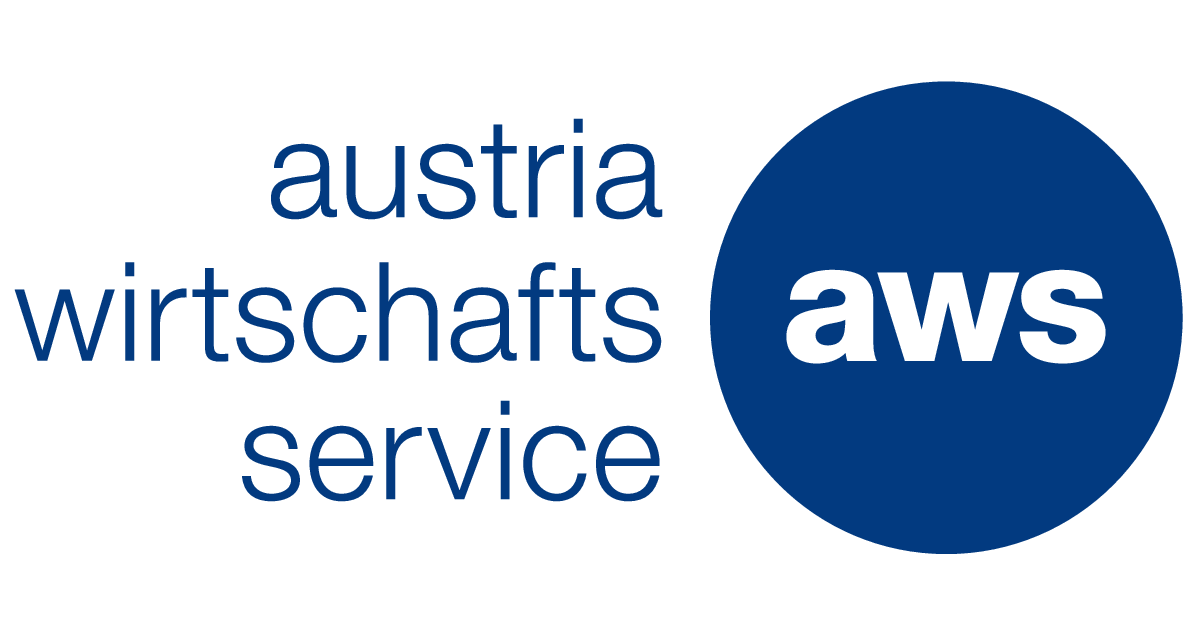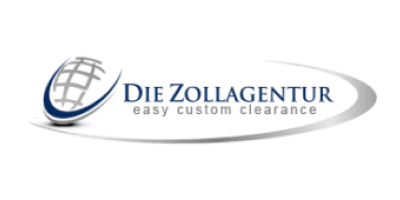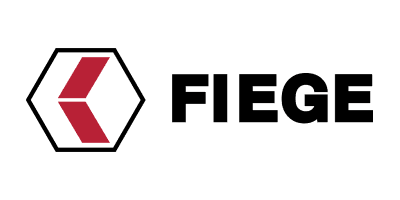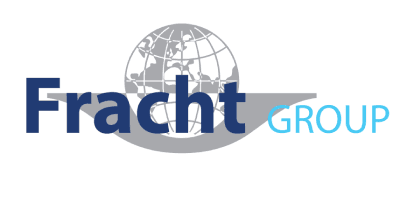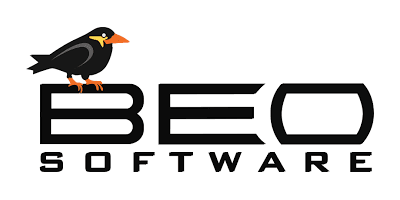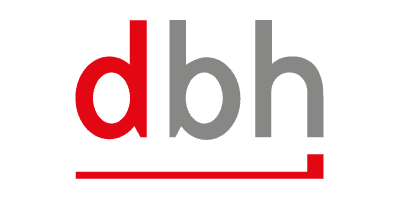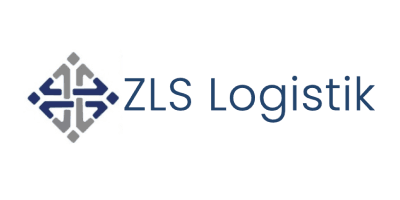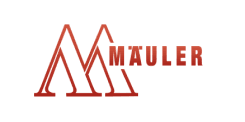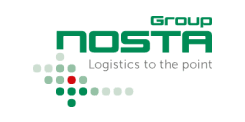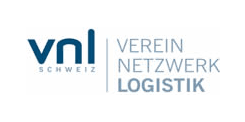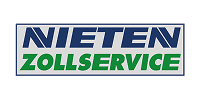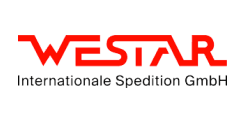The basic pillars of successful AI integration in companies Part 3
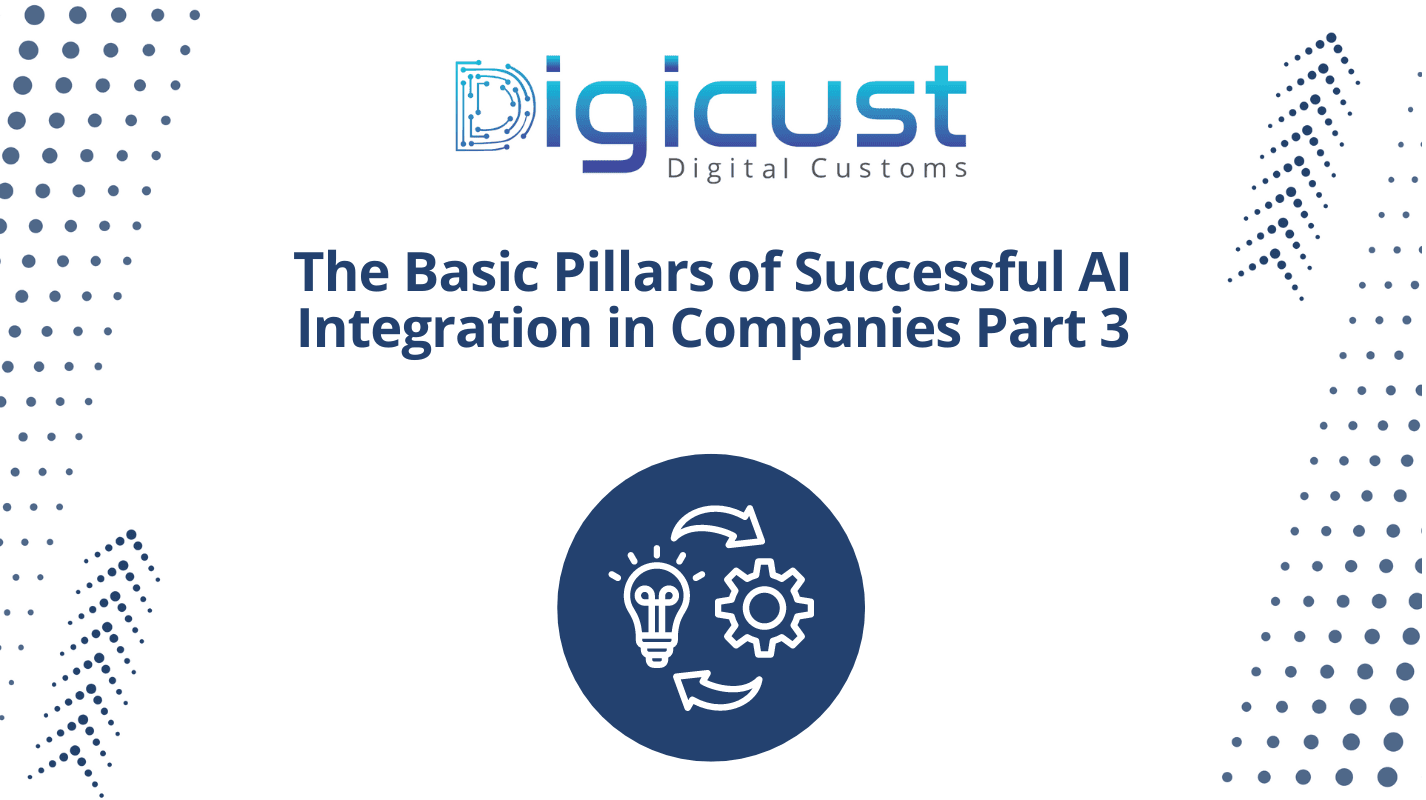
In the last part of our blog series, we talk about organising the integration. Good preparation saves a lot of time and money. You can read here how to best use your new systems:
Organisation: Integrating AI into processes The overall organisation provides the framework for all business aspects. Both the potential for optimisation and the need for adaptation during implementation can arise from the processes. Which processes change, are newly developed or even superfluous? There may also be changes at the level of departments and roles: New tasks may expand existing responsibilities, and restructuring or the creation of new departments may be necessary. AI systems need to be maintained like other IT systems, but because of their sensitivity to changes in data (e.g. due to environmental changes), they require additional quality controls and possibly adjustments.
An effective methodology for the structured implementation of AI projects must take these three aspects of data-based work into account and integrate them into a seamless change process. Although there are some models such as CRISP-DM (the industry standard process for data mining) that address these issues, existing models are either outdated, incomplete with respect to the above aspects or strongly tied to specific vendor companies, which may limit their general applicability.
We hope we could give you new insights into a successful AI implementation. If you are interested in automating your customs processing, please do not hesitate to contact us. Our team of experts at Digicust will educate you on all the benefits and guide you on your journey to successful automation and process optimisation.
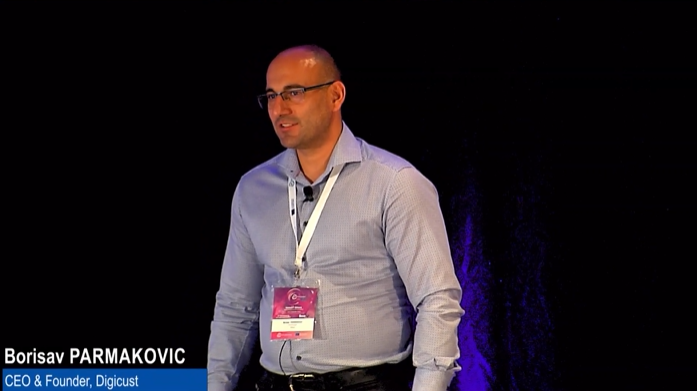
Digicust EIT Manufacturing Pitch
Watch Digicust's full EIT Manufacturing pitch at the recent pitching event in Athens.
News from our Blog
Learn about customs clearance, foreign trade, our product updates and our latest achievements.

